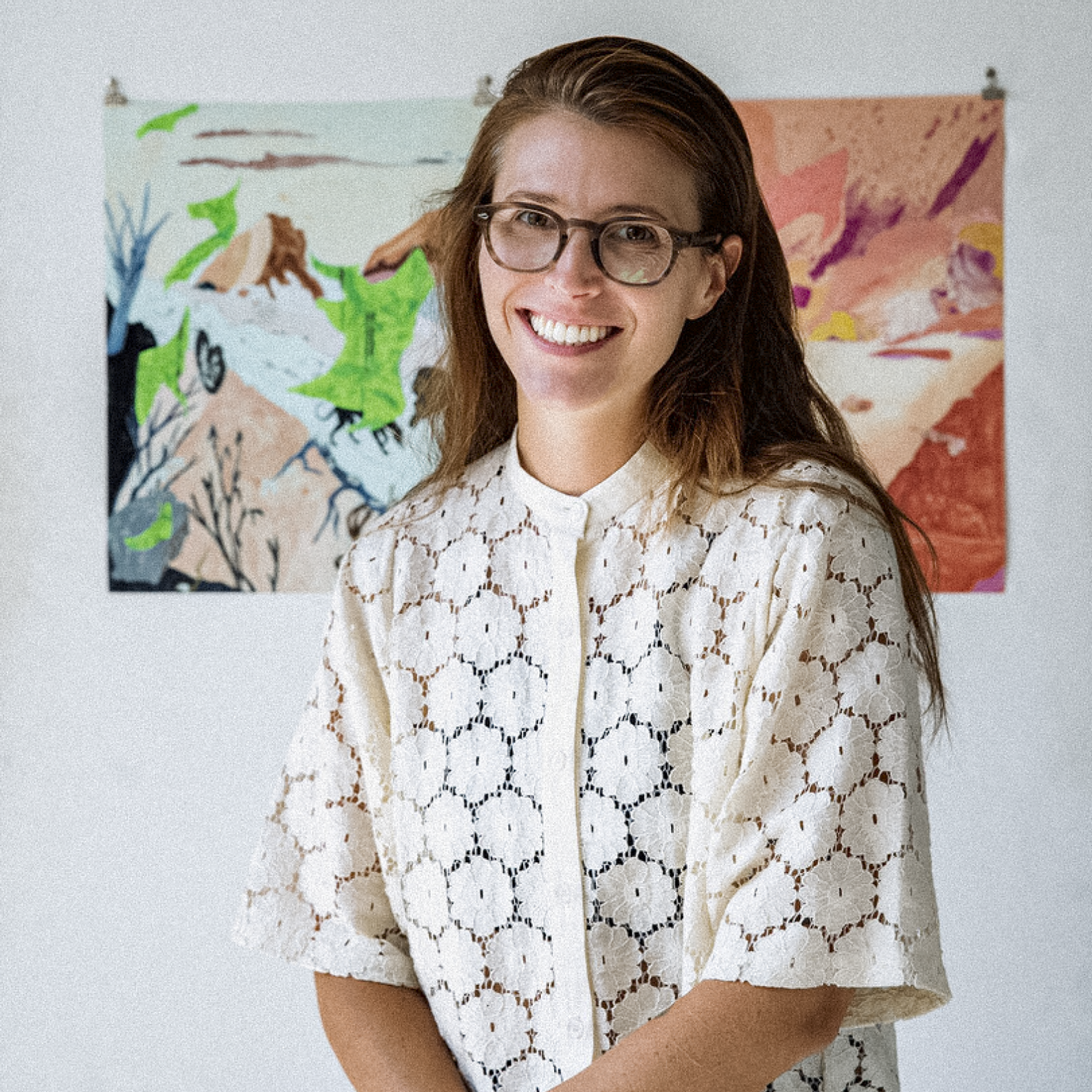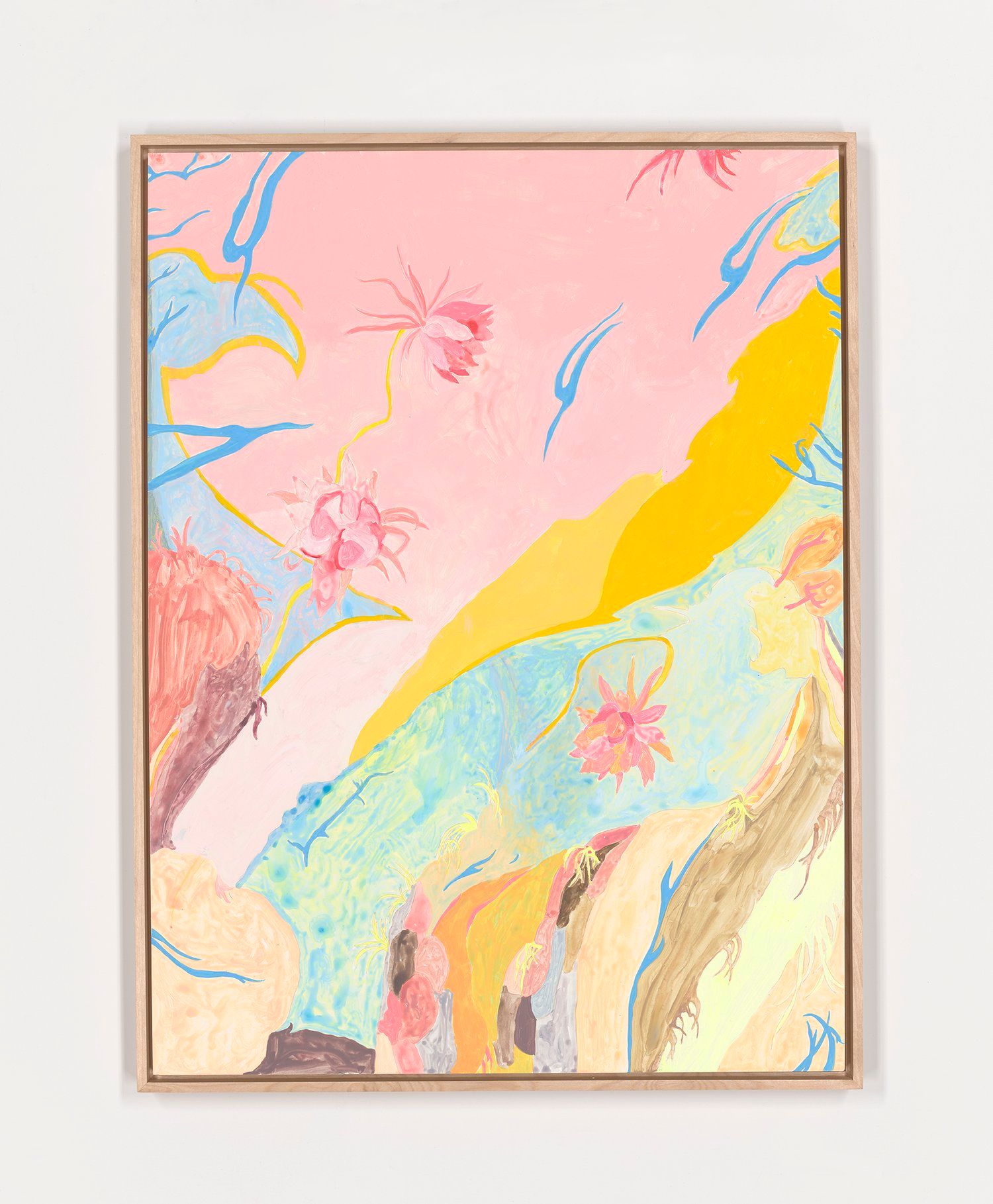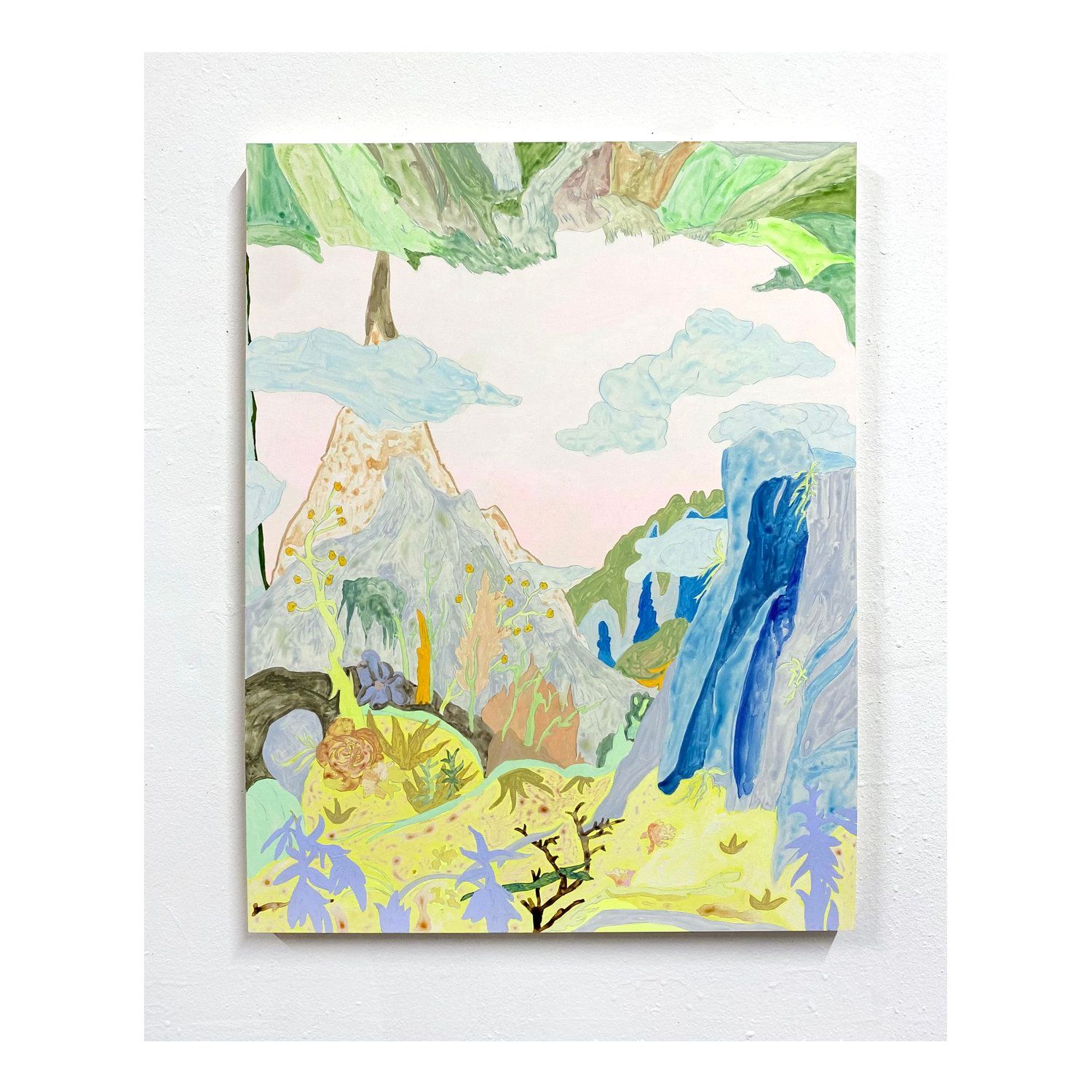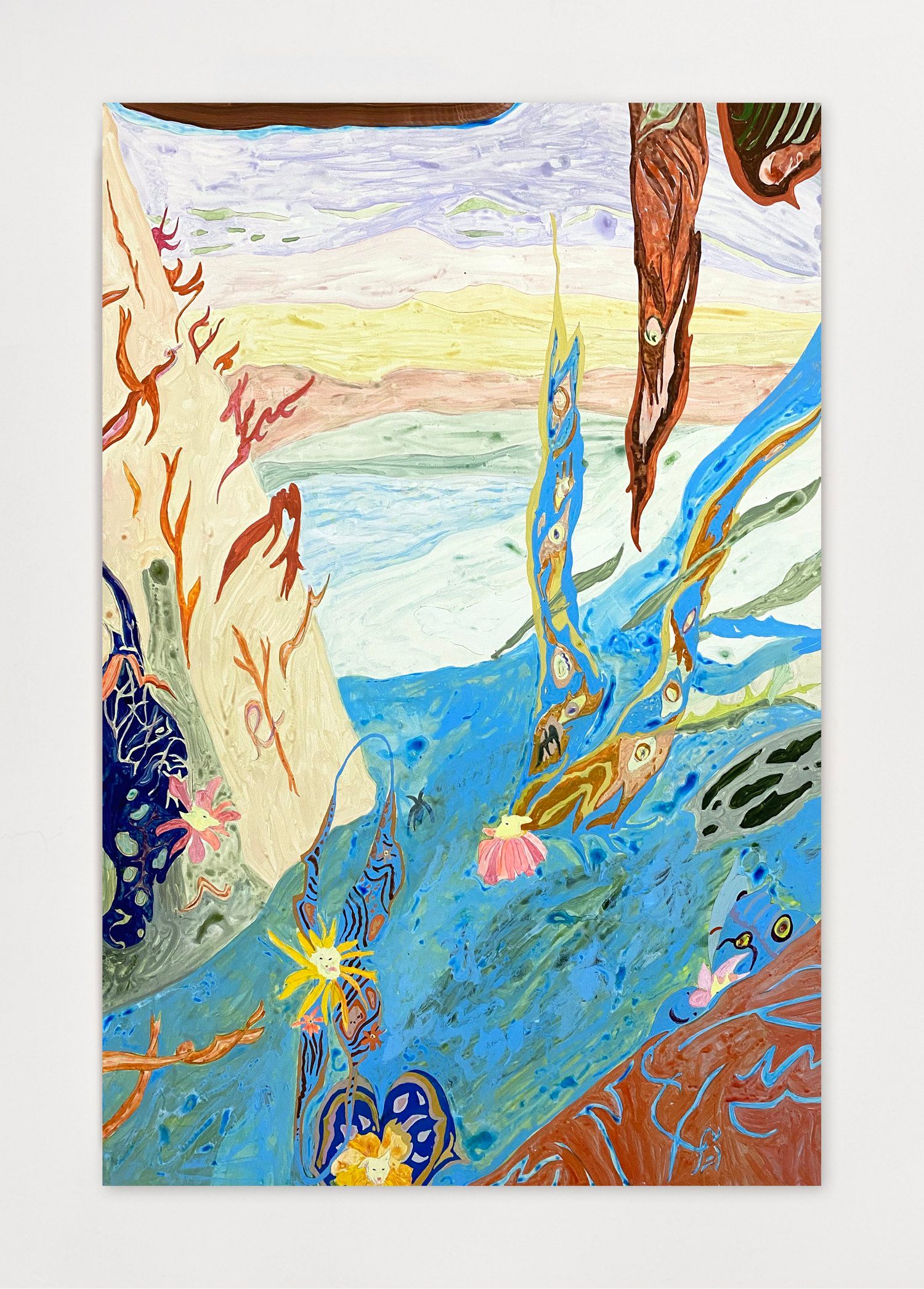Interview with Cary Hulbert
Interview with the winner of the December edition of MyMA Artist Grant

The winner of the December edition of MyMA Artist Grant is Cary Hulbert. Cary is a multidisciplinary artist, educator, and curator based in New York. She received her MFA from Columbia University in 2016 and her BFA from Montserrat College of Art in 2007. Cary has taught printmaking and drawing at Columbia University and has previously exhibited at the Bronx Museum (NYC), The Jewish Museum (NYC), Ortega y Gasset Projects (NYC), IPCNY (NYC), Museum of Contemporary Art Vojvodina (Novi Sad), and the Liu Haisu Art Museum (Shanghai). Below is MyMA’s interview with Cary.
Congratulations in order! You just had a three-person show at My Pet Ram titled Golden Hour in Santa Barbara. Tell us a bit about the show.
I know Marcello, the owner of My Pet Ram; he did a studio visit with me during Bushwick Open Studios and he was like, "I don't like to make any rash decisions, but I feel like your work would be great in Santa Barbara. Let's do something."So it started with my work, then Stephanie and Margaret got on board, and it just worked out. We have such a beautiful show right now. I am super happy that it’s a three-woman show.
What do you think the common threads are between your works in Golden Hour?
Our work is similar in the sense that there's a lot of layering that happens. A lot of fuzzy edges on things and you are not quite sure what is tangible and what isn’t; what is a dream and what is reality. All three of us do this in very different ways. I do my layering using transparent paper, silk screening on the back, drawing, and gouache on the front. Margaret has a beautiful technique with her oils on the panel. And Stephanie layers the front of the panel, with different papers and types of wax. It is a dreamy show!

The Flow of Things (2022) | Gouache on panel
That's amazing! I'd love to hear more about your artistic process and how you developed it.
This particular body of work came out of Covid. Before that, I have always been a fan of drawing. I have always drawn on copper plates, hence my etching background. But during Covid I didn't have access to a print shop, I was trying to figure out how to do printmaking at home. I had bought a tattoo machine and was figuring out all sorts of things to tattoo/etch the copper. Eventually, I was like, why am I trying to come up with these makeshifts? Why can't it just be the artwork? In that sense of letting go, I found something that just worked really well. During COVID there was time, and I took that time to back away from having this statement that I followed really strictly with these conceptual underpinnings and allowed myself the freedom to draw the things that I like. It ended up being this body of work that has kind of taken off in a way. As someone who's done undergrad and grad school, I know what it takes and how much you have to learn and try. Letting go of that became the freedom for me to make the work I'm making now.
That's such an inspirational story, and one I think a lot of artists can relate to. I did a deep dive into your work and was really blown away by how much your work has changed over the years. It's so different. I'm curious how you got to the surrealist dreamscapes you make now.
Cary: It's very hard to be an artist, especially in New York City. It's really really competitive. You have this understanding that hundreds of other people are applying to every opportunity you apply to. During covid, I had this moment where I realized exactly what type of artist I wanted to be; what I enjoyed, and what I didn't. I was maybe applying to things I didn't want to. A lot of artists do it for practice; ”well, I'll apply anyway. It's good practice.” But I kind of was like, you know what, I'm done "practicing." I just want to do things that make me happy.
It is almost annoying to hear this sometimes, especially when you've spent your whole life trying to take your practice somewhere. But it was being stuck at home and wanting to use less toxic materials. It came out of trying to be a little bit healthier and wanting to be true to myself. This led to me being able to make the work on vacation, or make it in my home or in my studio. It was flexible. And there was something about the colors that made me really happy. It doesn't even matter what I'm drawing. It could be an animal with multiple heads and multiple tails, sprouting from a flower, something kind of bizarre. But they can still all find a place with me. I might go back to some other stuff like the sculptures that I was making before, but right now I find this very fulfilling.

Here (2022) | Gouache on panel
In addition to being an artist, you have also taught at Columbia. I'm curious how teaching has affected your practice, if at all.
One hundred percent! Teaching and also running an online gallery with a friend of mine, Trinity Lester, have changed so much of my life. Teaching in particular has led me to be fearless when it comes to learning and commenting. I discovered that everyone has questions and there isn't any need to be anxious in any kind of learning situation. That has led me to reach out to people or to ask for studio visits. It hasn't affected my practice in the sense of how I use my materials, but it's affected me in the professional practice aspect of it. What I felt for my students and how much I wanted to help them be better artists kind of led me to realize how one might go around professionally, what is the art world and the camaraderie within it.
The same thing comes from the gallery too. Curating shows and reaching out to people led me to be like, you have to be fearless. No one's gonna fight for you except for you. So don't be afraid to send a curator an email that you have a show going on. Don't be afraid to invite them for a private tour. View art as a business. And I know it's kind of a messed up way to view something that is so emotional to so many people, like the artists themselves, but you kind of have to if you want to make it into a career. I've developed so many social acquaintances through teaching and through my online gallery that I get so much feedback on my work and built this wonderful support network. And that has helped me and my practice a lot.
What do you do outside of art? If you have time to do things outside of art!
I actually started making Amaro with a co-worker of mine. Amaro is a digestif made with lots of herbs. It’s been really fun and one of my first side projects that don’t have to do with art. It has been really fun ordering all these herbs and crushing them with a mortar and pestle. Most Amaro’s have between 15, 20, or more herbs in them. So we're just playing around and we'll be able to test our first batch at the end of January. I like tinkering with things. It has to be creative. And I love karaoke! I absolutely love karaoke.
What’s your go-to karaoke song?
Patty Smith– Gloria!

Unattached (2022) | Gouache on panel
Ok, last question: what advice would you give to your younger self?
What I would tell my younger self is more about socializing, creating connections, saying hi, and being present. I know it's hard to do, especially for some people. But in the capacity that makes people comfortable, my advice would be to socialize, to go to galleries, to introduce yourself. Say hi to the artist, and tell them you love their work. Once you do it, you realize it didn't destroy your life because there's no way that it would.
It's really amazing to have an art community, but you don't just wake up and have one. It takes visiting other people's studios, saying hi, going to their Christmas party, and staying in contact. It takes time, but my favorite thing about being an artist is the community I have. It’s the most rewarding part.